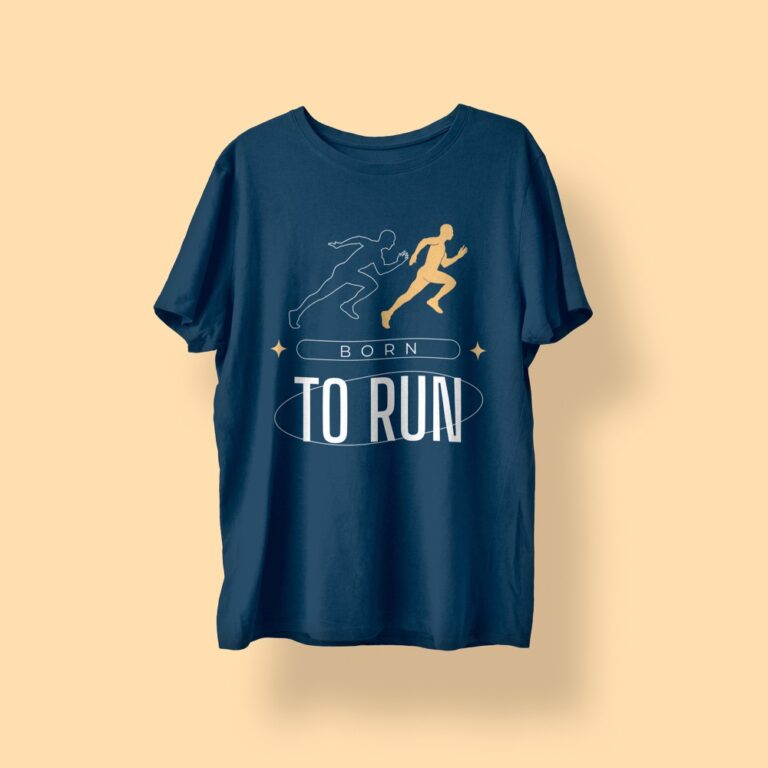DTG Printing
What is DTG Printing?
Direct to Garment Printing (DTG Printing) is a cutting-edge digital technology that’s reshaping the apparel industry.
Unlike traditional methods like screen printing or embroidery, DTG printers apply ink directly onto the fabric, offering unparalleled versatility and customization.
DTG printing is a great option for producing high-quality, custom-printed garments with short turnaround times, especially for small to medium-sized orders.
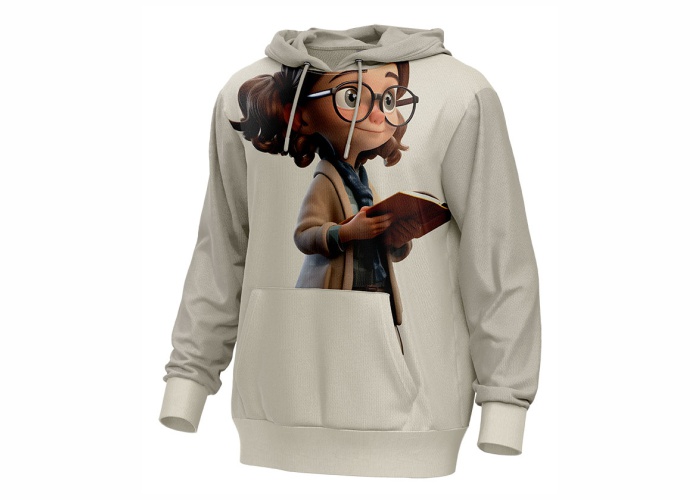

How DTG Printing Works




Image Preparation and Color Profiling
High-quality digital artwork is essential for optimal DTG printing results.
Designers carefully prepare images, ensuring accurate color representation and appropriate file formats.
Color profiling is crucial to match the desired hues on the fabric as closely as possible to the digital design.


Pre-treatment
To ensure optimal ink adhesion, especially on dark-colored fabrics, garments undergo a pre-treatment process.
This typically involves applying a chemical solution to the fabric that acts as a bonding agent between the fibers and the ink.
The pre-treatment solution is then dried before the printing stage.
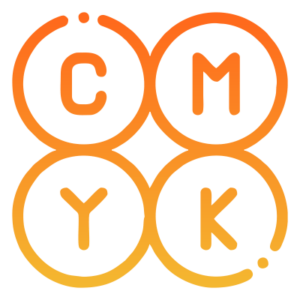

Inkjet Printing
The heart of the DTG process is the inkjet printing technology.
Specialized ink cartridges containing vibrant, water-based pigments are used.
The printer deposits tiny droplets of ink onto the fabric, building up the image layer by layer with exceptional precision.


Curing
Once the print is complete, the garment moves to the curing stage.
This involves applying heat to set the ink, ensuring it becomes permanently bonded to the fabric fibers.
Curing also enhances colorfastness, preventing the ink from fading or cracking over time.
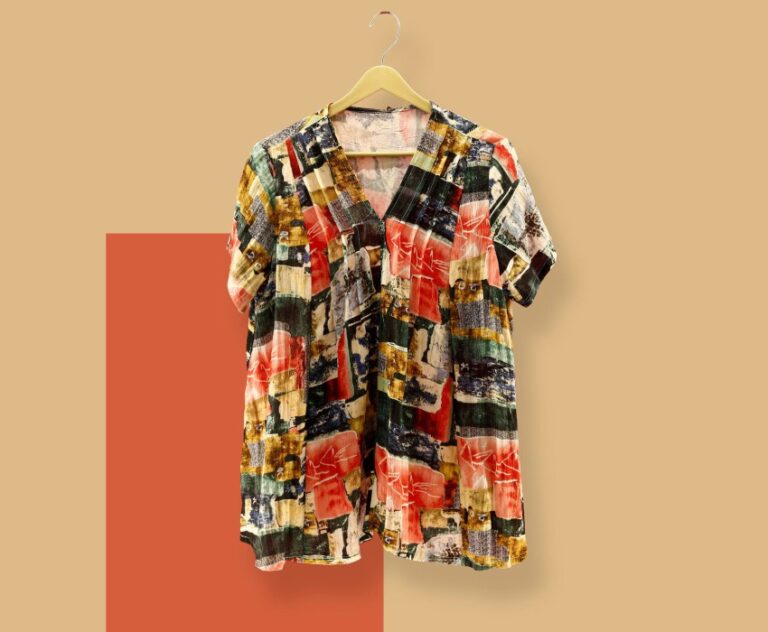

Advantages of DTG Printing
- Unmatched Customization: DTG printers can reproduce intricate designs, gradients, and photographs with exceptional detail, making each garment truly unique.
- Low Minimum Order Quantities: Unlike traditional methods, DTG printing excels in producing small quantities or even single items, perfect for custom orders and limited edition designs.
- Rapid Turnaround: With minimal setup time, DTG printers can quickly produce finished garments, making it ideal for on-demand and fast-fashion markets.
- Eco-Friendly: DTG printing generates less waste compared to screen printing, as there’s no need for screens or chemicals and it is Eco-Friendly.
- Versatility: DTG can be used on a wide range of fabrics, including cotton, polyester, and blends.
Applications of DTG Printing


Custom Apparel
DTG printing empowers individuals and businesses to create personalized apparel that reflects their unique style or brand identity.
From custom t-shirts featuring personal photos or artwork to corporate uniforms adorned with company logos, the options are limitless.
DTG printing allows for intricate designs, vibrant colors, and even gradients, making each garment a one-of-a-kind piece.


On-Demand Printing
The ability to produce single items or small quantities quickly makes DTG printing ideal for on-demand fulfillment.
This is particularly beneficial for e-commerce businesses and custom apparel shops, as they can offer a wide range of products without the risk of overstocking.
Customers can choose from a variety of designs or create their own, ensuring a personalized shopping experience.
Promotional Items
DTG printing is a versatile tool for creating promotional merchandise that leaves a lasting impression.
Whether it’s branded t-shirts for events, custom hats for giveaways, or personalized tote bags for conferences, DTG printing can deliver high-quality results promptly.
The ability to print small quantities or even single items makes it perfect for targeted marketing campaigns and limited-edition promotions.
Fashion and Art
DTG printing opens up new creative possibilities for fashion designers and artists.
The ability to print intricate designs, photographs, and even artwork directly onto fabric allows for the creation of unique and eye-catching pieces.
DTG printing also enables designers to experiment with different fabrics and textures, pushing the boundaries of fashion and art.
Best DTG Printers
Selecting the right DTG printer is crucial for achieving optimal print quality, efficiency, and profitability.
While the “best” printer depends on specific business needs, budget, and production volume, here are some of the leading players in the market.
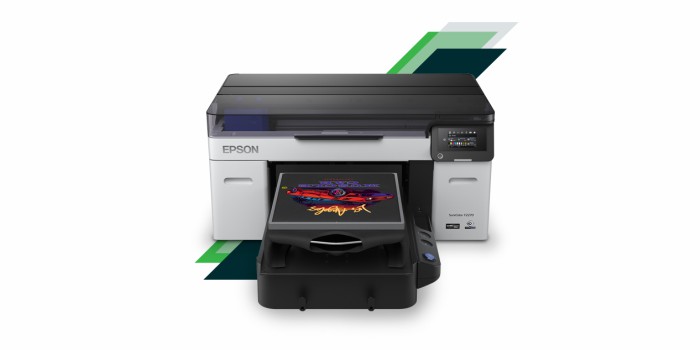

Top DTG Printer Manufacturers
Epson
Renowned for its precision printheads and reliable technology, Epson offers a range of DTG printers suitable for various production scales.
Their models often feature advanced ink systems and user-friendly interfaces.
Brother
Known for its durability and ease of use, Brother DTG printers are popular among small to medium-sized businesses.
They often prioritize user experience and offer competitive pricing.
Kornit
Catering to high-volume production, Kornit DTG printers are known for their speed, image quality, and sustainability.
They often incorporate advanced technologies like single-step printing and water-based inks.
Mimaki
Offering a balance of quality and productivity, Mimaki DTG printers are suitable for both small businesses and larger operations.
They emphasize color accuracy and print longevity.
Key Factors to Consider for DTG Printers
- Print Quality: Assess the printer’s resolution, color gamut, and ability to reproduce fine details.
- Print Speed: Consider your production volume and required turnaround time.
- Cost of Ownership: Evaluate the initial investment, ink costs, maintenance expenses, and overall operating costs.
- Ease of Use: Look for user-friendly interfaces and intuitive software.
- Reliability: Research the printer’s reputation for durability and uptime.
- Fabric Compatibility: Ensure the printer can handle the types of fabrics you intend to print on.
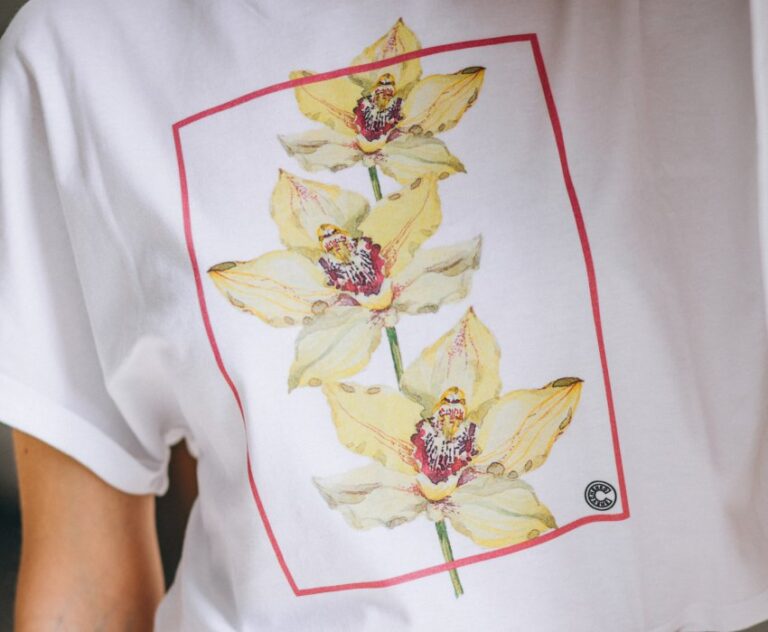

Challenges and Considerations
DTG printing offers numerous advantages, it’s essential to consider the following:
- Ink Cost: DTG ink is generally more expensive than traditional printing inks.
- Fabric Limitations: Some fabric types may require special pre-treatment or post-treatment processes.
- Image Resolution: For optimal results, high-resolution artwork is necessary.
The Future of DTG Printing
As technology continues to advance, DTG printing is poised to become even more efficient, affordable, and versatile.
We can expect to see further innovations in ink formulations, printer speed, and automation, expanding the possibilities for this exciting technology.


Advantages of DTG Printing
- High-quality prints: Detailed images and vibrant colors.
- Versatility: Can print on various fabrics, especially cotton.
- Low minimum order quantities: Ideal for small businesses and custom orders.
- Quick turnaround: Minimal setup time for each design.
- Eco-friendly: Uses water-based inks and less waste compared to other methods.
Disadvantages of DTG Printing
- Higher cost per item: Typically more expensive than screen printing for large orders.
- Ink limitations: This may not be suitable for all fabric types.
- Slower production speeds: Compared to screen printing for large orders.
Overall, DTG printing is a great option for producing high-quality, custom-printed garments with short turnaround times, especially for small to medium-sized orders.

